I can’t quite recall if 1961’s Diary of a Nudist is the first nudist film I ever watched (it may actually have been Educating Julie), but I know it’s the first Doris Wishman film I watched. It doesn’t have the unhinged genre twists that Wishman’s first two films Hideout in the Sun and Nude on the Moon have, but it still holds a special place in my heart and may be my favorite of her nudist films.
Diary of a Nudist feels like the most traditional of these films, shot at and focused entirely on a nudist camp, and unlike the previous films, going out of its way to explain the health benefits of nudism. It even opens with a man reading the credo of the American Sunbathing Association, surrounded by the movie’s cast:
“There are many good reasons for the nudist philosophy. We believe that sunshine and fresh air most definitely result in physical and mental benefits. Sunshine and fresh air are natural phenomena, and ours is a way of life which pursues these forces in the most natural and unencumbered manner possible. We strive for a healthy mind and a healthy body. We feel that nudism eliminates tension, brings forth complete relaxation, which enables man to find his true values. This is our creed and our goal. A true way of life.”
In her commentary on the film, Elizabeth Purchell calls this intro a square-up, a common tactic used by exploitation films to say that what they’re showing is meant to be educational in order to get away with the nudity that follows. This opening is a deliberate move on Wishman’s part, as well as setting the film at the Sunny Palms Resort in Florida and dropping any genre twists. After the New York Board of Censors refused to allow Nude on the Moon to be screened in the state because it had nothing to do with nudism and wasn’t set in a nudist camp, she decided to play things safe for her next feature.
After that opening, we are hit with another theme song from Wishman’s niece Judith Kushner: Sun Lover’s Blues sung by Rosemary June. This little ditty is my favorite theme song of these nudist films, with very jazzy lounge vibes that suit the relaxed pace of the film.
After watching a nude woman swim behind the opening credits, we are introduced to a man named Arthur Sherwood, played by Sunny Palms manager Norman Casserly (who later legally changed his name to Mister Midwife, it’s a long story), out hunting in an open field while wearing a white collared shirt and red sweater…not exactly ideal gear for the sport. He’s lost, trying to find his way around, when he somehow manages to stumble upon Sunny Palms and sees the nudists milling about. He is astonished by what he sees, and immediately returns to his office where he runs a local newspaper.
Here we meet our true lead Stacy Taylor, played by Miami model Davee Decker. Arthur tells Stacy excitedly about what he stumbled upon during his hunting trip, declares that he wants the full story on this nudist camp, and assigns Stacy to go undercover as a nudist and write this expose that he thinks will really sell papers.
You can probably guess how things proceed from there if you’ve watched virtually any other nudist film from this time period. Stacy is reluctant to go, but seeing no other choice, she does so, meeting and befriending the legendary Zelda Suplee, who was Sunny Palms’ owner at that time.
After some initial discomfort undressing, Stacy falls in love with the camp, becoming a nudist herself. She sends her findings to Arthur, who, along with another man, is upset that there’s nothing seedy or scandalous happening at the camp. After some awkward arguing in the office about the situation (Arthur does a lot of squinting as Stacy calls out his journalistic hypocrisy), Stacy storms off, telling Arthur to write the piece himself.
Seemingly the next day, Arthur has joined the camp to do just that, but as he starts to see that Stacy was telling the truth and becomes a convert himself, she refuses to speak with him, convinced he’s going to ruin the camp’s reputation.
Of course, as this is a sunny, romantic film, everything works out: Arthur’s article is actually quite positive. After Zelda sings its praises to Stacy and tells her to “read the whole article, not just the headline,” the two apologize, Arthur confesses his love for her, and they walk off into the sun together.
I’ve got to say, while there is more of a plot here than Nude on the Moon, without the kooky setting, there’s still very little to really get hooked on here as with that film. The majority of the movie is just watching nudists hang out together and lounge around the indoor pool in scenes that were actually shot at Sunny Palms Resort in Florida. An absurd amount of time is spent showing club members arriving at the gate and entering the club. Wishman also commits more heavily to shots of people reacting to offscreen dialogue. Davee Decker constantly looks uncomfortable, even when smiling, and doesn’t seem to really join the idyllic vibes that all the other models share. She nor Casserly seem to have a lot of energy or charisma, with no chemistry between the two at all. That happy ending rings so false, especially after what a jerk Arthur was!
That said, there’s still something hypnotic about the movie. I once had it on before a session with my local figure drawing group, and as people filed into my living room and got seated they were transfixed, barely chatting during one of the lengthy montages of nudists hanging out. When someone in the film finally spoke, a model gasped and shouted “I thought we were watching a silent movie!” One of our older members, a Something Weird connoisseur, walked in, glanced at the screen, and immediately knew it was Diary of a Nudist. I’ve watched these films so many times and I still struggle to remember which is which myself, so I was impressed!
The film is also historically notable, not just for being shot at Sunny Palms, but for its inclusion of Zelda Suplee as herself (though I’m not sure if the dubbed voice is actually hers). Dolores Carlos, star of Hideout in the Sun, also shows up here with other models who populate the camp.
Overall, this also just feels so much cozier to me than any of Wishman’s other nudist films, much more relaxed. It’s a vibe! I initially found a widescreen crop of what seems to be a VHS rip on Youtube, which is still floating around out there, but the movie is officially available through the AGFA and Vinegar Syndrome’s blu-ray box set the Films of Doris Wishman: the Daylight Years.
Like most of the other films in the set, it’s restored beautifully from the original 35mm negative. It also includes the aforementioned commentary track by queer film historian Elizabeth Purchell, which is packed with lots of neat information, including why Norman Casserly changed his name to Mister Midwife, as well as some fun speculation. If my other reviews haven’t convinced you, you should absolutely buy this set. 🪐



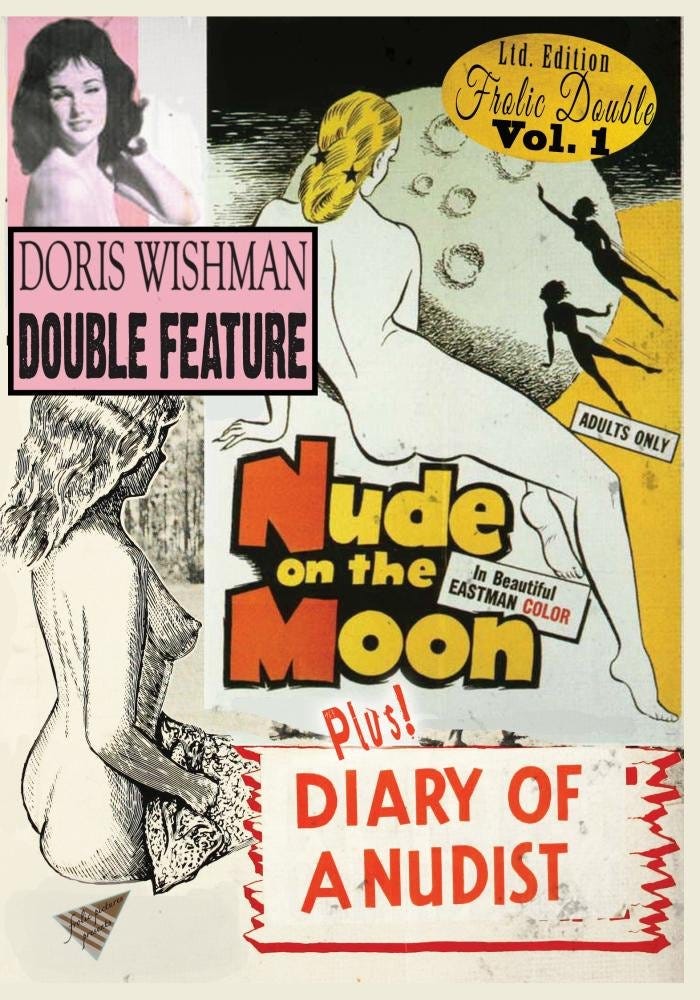
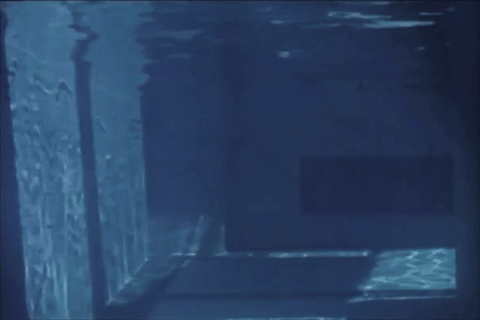
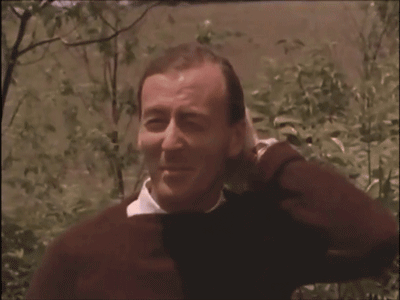
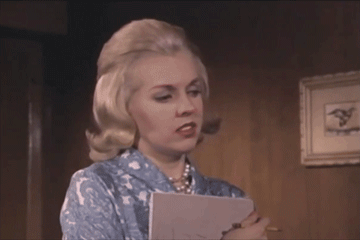
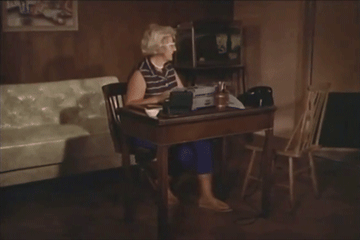
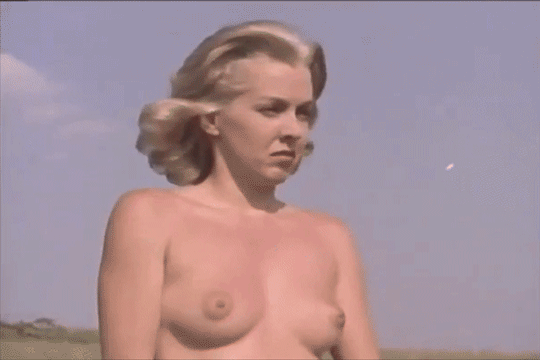
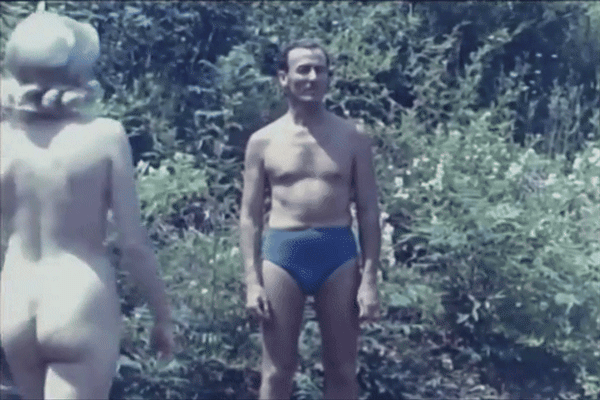
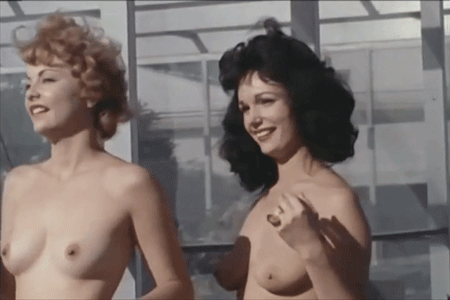
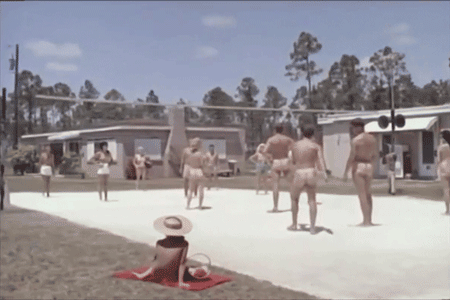
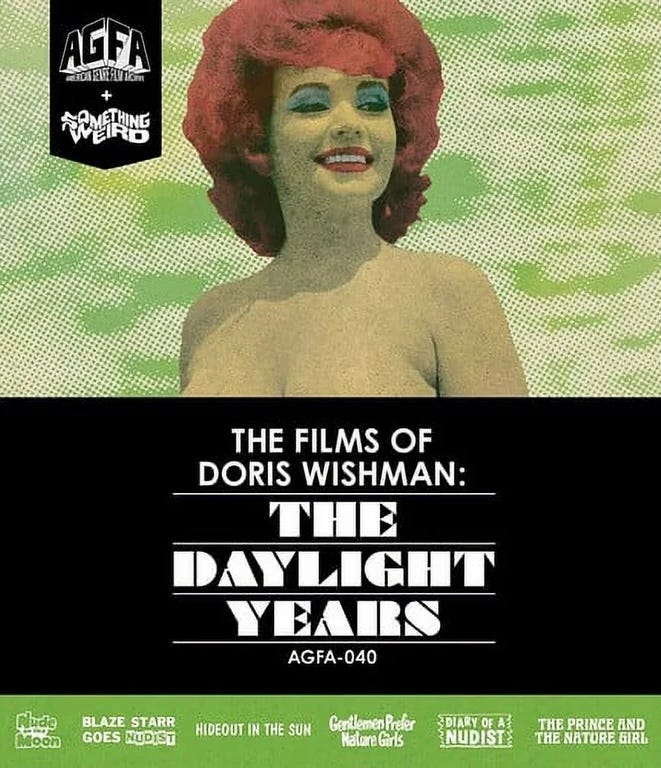





Nice review. Sun Lover’s Blues is the best theme song to a Doris Wishman film.